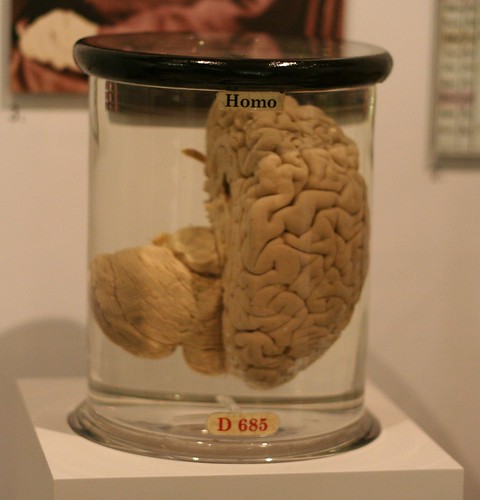
We all know what it feels like to remember something, like your first kiss or childhood home, but where in your brain are these memories stored, how do we gain access to them and is it possible to enhance or remove them?
These are questions neuroscientists have spent many years researching. The search for a physical manifestation of memory has taken us on a journey from the truly bizarre (for example a now disproved theory assumed that specific memory molecules existed in the brain and that these could be transfered from one individual to another by eating brain tissue), to our current view that memories are spread throughout the brain and develop when small changes occur in the structure of and connections between neurons (for more detail on synaptic remodeling and plasticity see my previous post). We hope that the more we understand about memory formation and storage, the closer we will come to being able to manipulate them and potentially offer relief to people with memory related illnesses.

When a memory is first formed a number of proteins become active within participating neurons. These proteins help reshape the neurons thus making the memory permanent. Once this reshaping is complete the proteins involved in the process once again become inactive. It was believed that once reshaping had taken place it would be difficult for us to further modify these neurons to remove or enhance specific memories. However, research conducted within the past 20 years is now questioning this assumption. Researchers have uncovered a protein (PKMZeta) which, unlike others involved in memory formation, remains active in cells long after the initial memory forming event…perhaps indefinitely. This discovery led scientists to question whether PKMZeta may hold the key to maintaining memory and, if so, whether this system could be experimentally manipulated.
Amazingly it seems that this is indeed the case. Scientists have found that blocking the activity of PKMZeta days or even months after learning has taken place can interfere with a rats ability to remember a location, a specific taste or an unpleasant experience. Not only does blocking its activity lead to forgetting, but boosting its activity also has the ability to enhance old faded memories.

Although the discovery of PKMZeta may be a step forward in finding a treatment for memory disorders, it is important that we proceed with caution and ensure we understand the effects this protein has on the memory system before speculating over its pharmacological value. From current research, scientists believe that the memory enhancing or eradicating effects of PKMZeta are not specific to single memories, indeed they may influence multiple memories at once. Therefore, it is important we understand what memory traces are altered by this protein and how it could be made more selective before considering its wider uses. Removing or enhancing multiple memories non-selectively is certainly not desirable! However, the stage is now set for progress in this field and as our understanding grows there may come a time when we can play a more active role in memory formation and retention.
Post by: Sarah Fox









